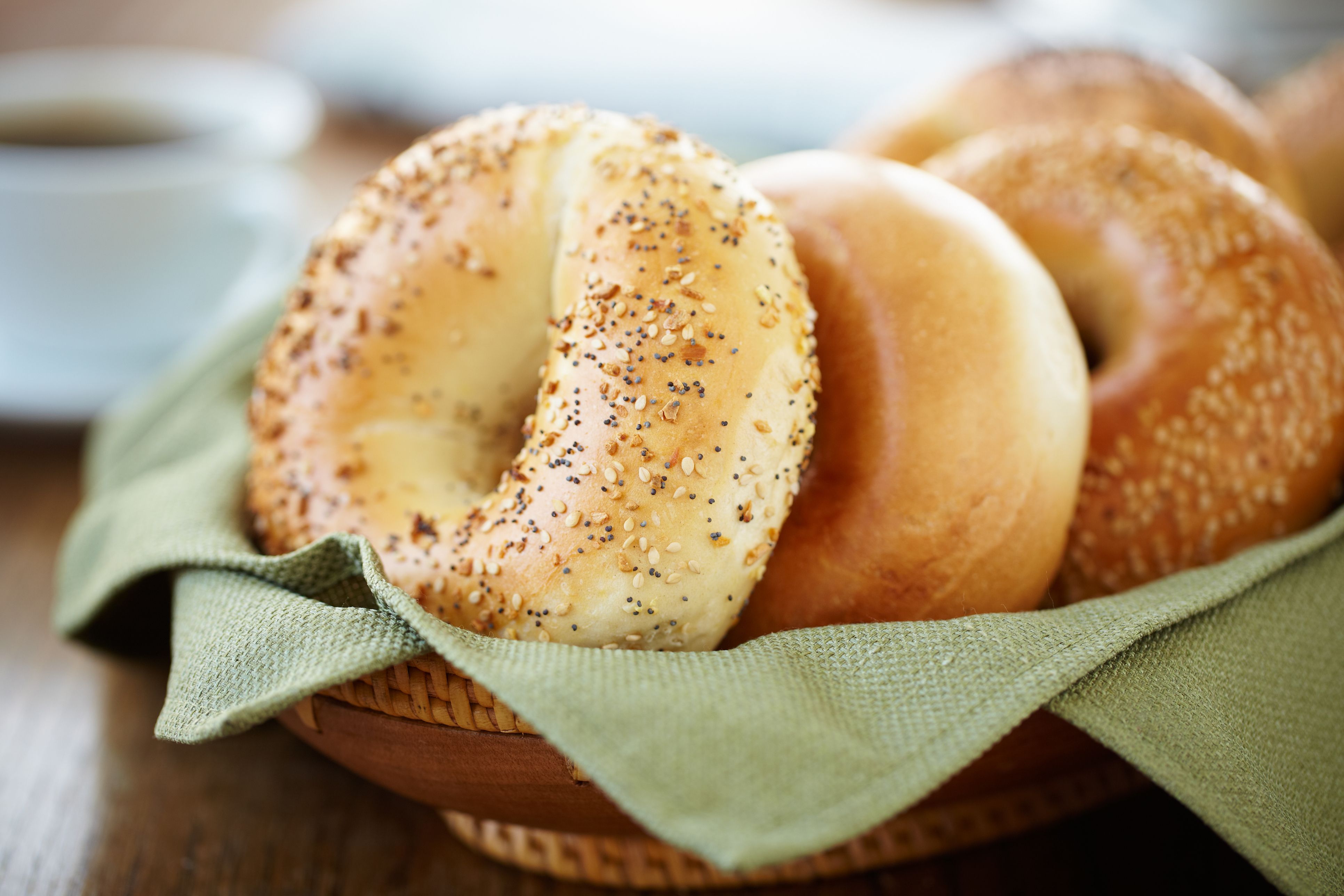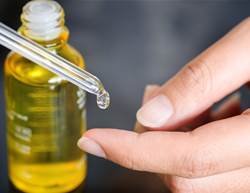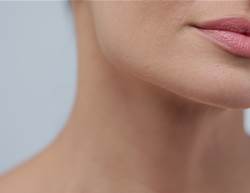There are some things you may miss about your teenage years-say, the ability to stay up all night and then sleep until noon. One thing that’s likely not on your nostalgia list? A sprinkling of pimples on your face.
But it turns out that many of us notice blemishes way past puberty. According to a 2017 review of research published in The Journal of Clinical and Aesthetic Dermatology, one third of acne office visits are made by women over 25 years old. What’s more, nearly twice as many women seek help for their acne compared to men.
No matter how old you are, pimples usually form in the same time-honored way: Pores-which contain oil glands-become blocked, letting dirt, bacteria, and cells build up and form a plug.
For most women, hormonal changes, either around the monthly cycle or during a menopausal shift, are the culprit. However, dietary imbalances and stress also cause adult acne flare-ups.
So, how do you get rid of it? Here, dermatologists explain the best adult acne treatments you can try to clear up those pesky bumps fast.
Eat fewer refined carbs

“Eating chocolate or a lot of junk food doesn’t by itself seem to cause acne, but not having a balanced diet and eating too many refined carbs can cause problems,” says dermatologist Dr Albert Lefkovits.
According to a 2016 review of research that examined how diet may impact breakouts, researchers concluded that “compelling evidence shows that high glycemic load diets may exacerbate acne.” Foods high on the glycemic index (GI) tend to be higher in refined carbs, like those found in white bread. Scientists suspect that raised insulin levels from the carbs may trigger a release of hormones that inflame follicles and increase oil production.
In one recent 2018 study, researchers randomly assigned 66 people a diet of high GI foods or low GI foods for two weeks. They found that people who consumed low GI foods had lower levels of IGF-1, a hormone known to trigger acne breakouts.
If you suspect your diet may be the culprit, steer clear of these high GI foods (meaning they have a score of 70 or higher) and see if you notice a difference: sugary snacks and beverages, white bread, bagels, corn flakes, instant porridge, white rice, potatoes, pretzels, popcorn, and certain fruits, like watermelon.
Consume less milk
While more research needs to be done to truly understand how dairy intake may lead to acne, a growing body of studies suggests the link is there.
In one 2018 meta-analysis published in the Journal of the European Academy of Dermatology and Venereolog, researchers found that milk consumption-particularly skim milk, which is higher in sugar than whole milk-was associated with a greater risk of acne. Beyond the higher sugar content, scientists believe that proteins and hormones found in milk products, including IGF-1, may play a role in acne flare-ups by increasing oil production and inflammation.
Surprisingly, yoghurt and cheese seem to be a mystery, as they don’t seem to cause the same effect, according to a 2018 meta-analysis published in the journal Clinical Nutrition.
So if you regularly drink milk, consider switching to a non-dairy alternative like almond milk to see if your skin improves. Look for something that has fewer than 10 grams of sugar per serving.
Try topical antibacterials and retinoids

For mild to moderate acne, dermatologists often suggest an acne face wash with bacteria-killing benzoyl peroxide (to minimise irritation, 3.5 percent strength should be your max if you have sensitive skin), along with a prescription topical antimicrobial such as clindamycin or erythromycin. If you rather go with a gentle face wash for sensitive skin, you can use that and apply a benzoyl peroxide acne spot treatment instead.
Stronger cases may call for prescription retinoids, which “are really the standard of care for most acne therapy,” says dermatologist Dr Joshua Zeichner. Certain drugs combine retinoids with antibacterials and may be more effective than separate products. Because retinoids also have anti-wrinkle properties (they help stimulate collagen production), they are especially beneficial for adult acne sufferers.
Look for salicylic acid
Among the most popular over-the-counter acne treatments is salicylic acid, which is incorporated into gels, wipes, creams, and face washes. Salicylic acid reduces swelling and redness and unplugs pores. To keep skin from becoming too dry, look for formulas geared to adult women, not teens. Aim for 2 percent salicylic acid to start.
Manage your stress
“Stress doesn’t create skin disease on its own, but it can make any existing issues worse,” says dermatologist Dr Beth McLellan.
Researchers haven’t established just why stomach-churning anxiety leads to adult acne, but they point the finger at stress hormones such as cortisol for increasing inflammation levels in the body and stimulating oil glands. In any case, managing stress through exercise, meditation, or whatever method helps calm your nerves may also calm your skin.
Consider blue light therapy
Blue light rays penetrate follicles to kill off acne-causing bacteria. For severe cases, photodynamic therapy adds a topical solution called Levulan to blue light therapy. Note that these treatments can cause temporary redness and may not be covered by insurance. Prices vary greatly depending on the location and severity of acne, but prices start around $60 per session. Most patients will need multiple treatments to see effective results, but many dermatologists offer package deals.
If you’re on a budget and have mild to moderate adult acne, an at-home device could be a good alternative, but may not be as effective as in-office treatments.
Ask your derm about Aldactone
Long used to treat high blood pressure, prescription Aldactone (spironolactone) is now getting a second life as a treatment for hormonal acne. The drug (a tablet taken orally) blocks receptors of the hormone androgen, helping to limit the testosterone surges that can prompt pimples in adults.
Pick up tea tree oil
Less irritating than its chemical cousin benzoyl peroxide, tea tree oil has a long history of fighting mild to moderate acne outbreaks. The oil, which comes from the leaves of an Australian native, has antiseptic properties that help reduce acne-causing bacteria on the skin and quell inflammation in skin cells.
“We’ve seen it work against a wide range of organisms, including 27 of the 32 strains of acne-causing bacteria,” says naturopath Michael Murray. Multiple studies, including a review of research in the International Journal of Dermatology, back the plant’s power. You can find tea tree oil in a wide variety of soaps, skin washes, and topical solutions. Look for a minimum concentration of 5 percent of the oil to test how your skin reacts. If you find it is too irritating as an all-over treatment, you can use tea tree as a simple spot treatment for more stubborn pimples.
Cut back on salt
Some doctors suspect that sodium has consequences for skin, because the iodine frequently found in table salt and some seafood may worsen acne breakouts. In fact, one 2016 study found that patients suffering from acne consumed significantly higher amounts of salty foods compared to an acne-free control group.
Stick to low-sodium versions of packaged foods, try to keep your overall salt consumption below 1,600 mg a day (per Nutrition Australia’s guidelines), and stay away from healthy foods that are secretly loaded with salt.
Pop a birth control pill
Oral contraceptives can help normalise hormonal surges and regulate monthly cycles so that oil glands don’t go into overdrive, says Dr Zeichner. Doctors may prescribe one of four brands of birth control pills that are approved for treating acne. As always, patients taking oral contraceptives should be aware of potential birth control side effects, including blood clots or vaginal dryness.
Swap out your daily moisturiser
The skin care products you apply to your face regularly can have a big impact on your complexion. You shouldn’t skip moisturising if you have acne, especially if you’re using drying treatments—but the type of moisturiser you use can make a difference. “Even acne-prone teenagers need to moisturise to keep their skin barrier healthy. The skin barrier can become damaged from drying acne products and medications,” dermatologist Dr Arielle Kauvar recently told Prevention.
Be sure to stick with oil-free, noncomedogenic, fragrance-free moisturisers if you’re struggling with irritation. This ensures your moisturiser won’t further clog your pores or exacerbate existing breakouts. The following dermatologist-approved moisturisers for oily, acne prone skin are a good place to start.







.png&h=193&w=250&c=1&s=1)

